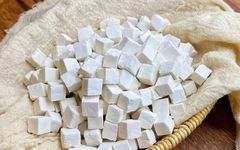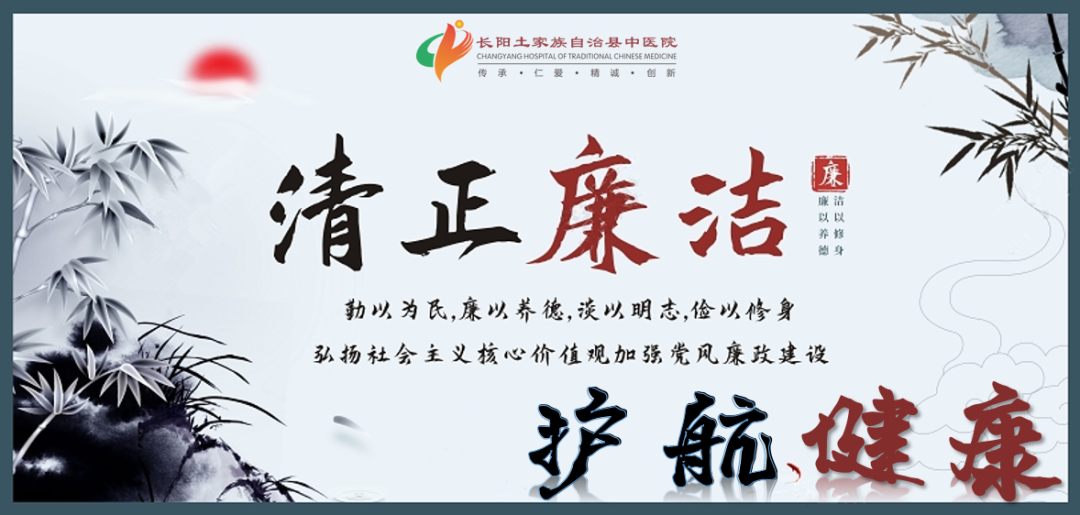
One of the Top Ten Chuan Medicinal Herbs • Fu Ling
Fu Ling (Poria)

Traditional Chinese Medicine


Introduction to Fu Ling

Fu Ling (One of the Top Ten Chuan Medicinal Herbs)
【Herbal Name】Fu Ling【Botanical Name】Poria cocos (Schw.) Wolf【Alias】Fu Ling, Fu Tu, Song Yu, Yun Ling
【Habitat】Grows on the roots of pine trees. Cultivated in Langping Town of our county.
【Medicinal Part】Sclerotium.
【Properties and Taste】Sweet, bland. Neutral in nature.
【Functions and Indications】Promotes urination and drains dampness, strengthens the spleen and harmonizes the stomach, calms the mind and settles the spirit. Indicated for difficulty in urination, edema, cough with phlegm, vomiting, spleen deficiency with poor appetite, diarrhea, palpitations, insomnia, forgetfulness, and nocturnal emissions with turbid discharge.
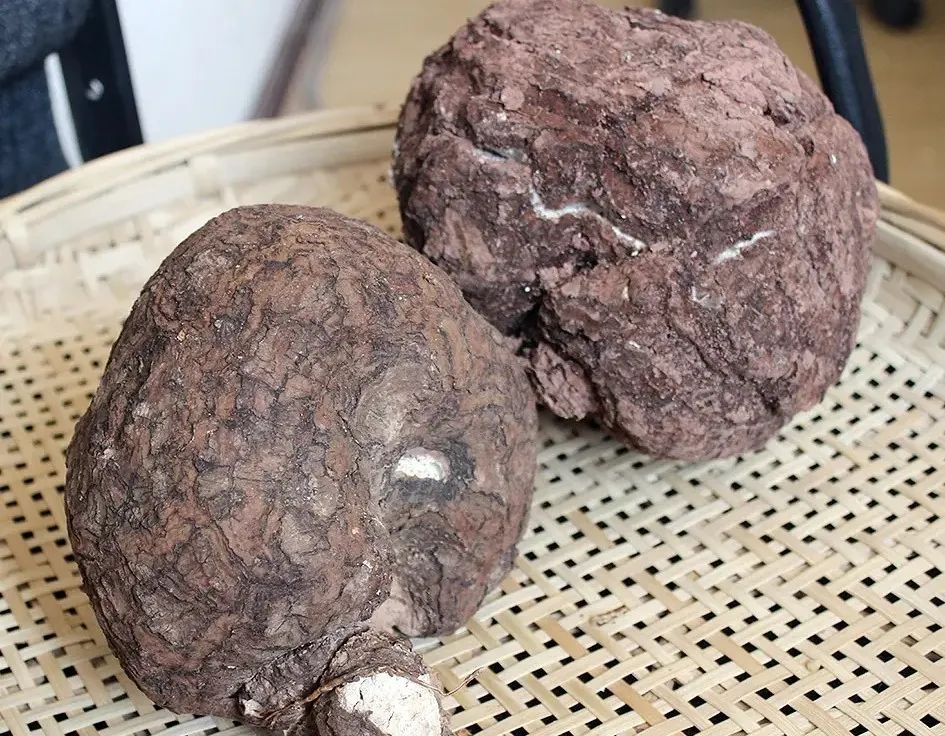
【Related Formulas】
1. Wu Ling San (Five-Ingredient Powder with Poria) Indicated for Taiyang disease, after sweating, with excessive sweating, dryness in the stomach, irritability and inability to sleep, floating pulse, difficulty in urination, and slight heat with thirst. Ingredients: Zhu Ling (Poria) 18 grams (peeled), Ze Xie (Alisma) 60 grams, Bai Zhu (Atractylodes) 18 grams, Fu Ling (Poria) 18 grams, Gui Zhi (Cinnamon Twig) 15 grams (peeled). Grind the five ingredients into a powder. Take a tablespoon mixed with warm water three times a day. Drink plenty of warm water; sweating will improve. (From “Shang Han Lun”)
2. Xuan Tu Dan (Black Tu Pill) Indicated for the three types of thirst and as a divine medicine for urination, commonly used to prevent nocturnal emissions and stop turbid discharge. Ingredients: Tu Si Zi (Cuscuta) 300 grams (soaked in wine, ground while moist, and dried), Wu Wei Zi (Schisandra) 210 grams (soaked in wine, ground separately), Bai Fu Ling (Poria) and Shi Lian Rou (Lotus Seed) each 120 grams. Grind into a powder. Mix with 360 grams of dried Shan Yao (Chinese Yam) powder, add the remaining wine, boil into a paste, and roll into pills the size of a walnut. Take 50 pills with rice soup before meals. (From “Tai Ping Hui Min He Ji Ju Fang”)
3. Fang Ji Fu Ling Tang (Stephania and Poria Decoction) Indicated for skin edema, swelling of the limbs, and water retention in the skin. Ingredients: Fang Ji (Stephania) 180 grams, Huang Qi (Astragalus) 180 grams, Gui Zhi (Cinnamon Twig) 180 grams, Fu Ling (Poria) 360 grams, Gan Cao (Licorice) 120 grams. Boil the five ingredients in 6 liters of water until reduced to 2 liters, divide into three warm doses. (From “Jin Gui Yao Lue”)
4. Fu Ling Jiu (Poria Wine) Indicated for head wind and dizziness, warms the lower back and knees, and is used for the five labors and seven injuries. Ingredients: Fu Ling powder mixed with rice wine.
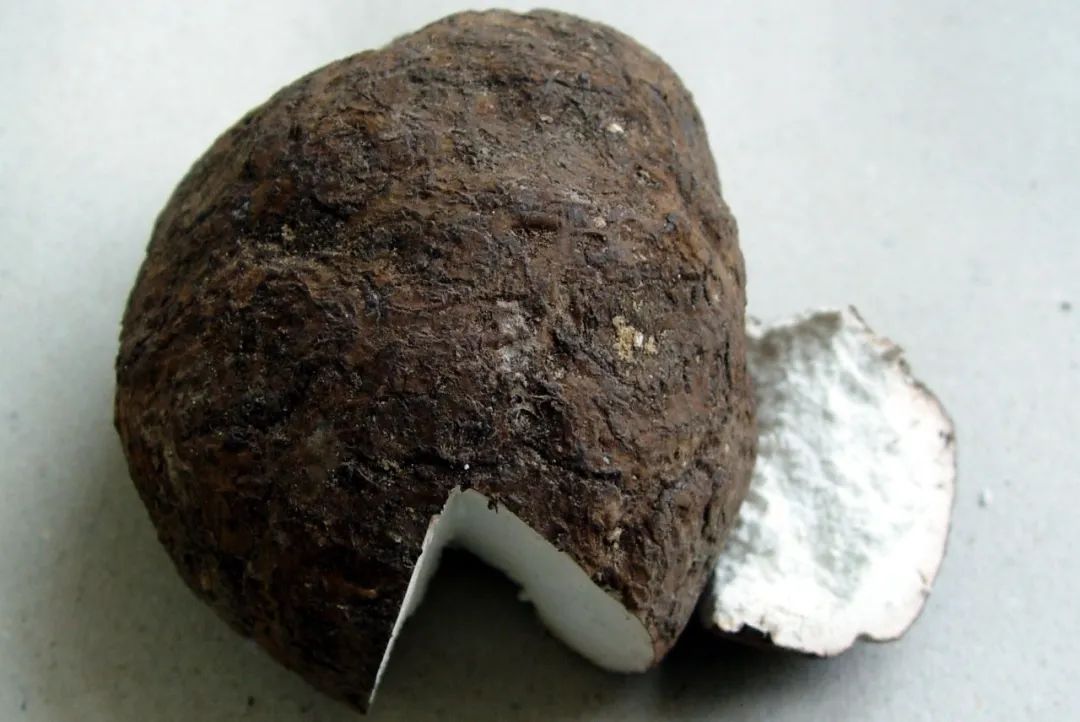
Fu Ling is first recorded in the “Shen Nong Ben Cao Jing” (Shen Nong’s Classic of Materia Medica) as a superior herb. Archaeological findings show that Fu Ling was already present in the “Fifty-Two Disease Formulas” unearthed from the Mawangdui tomb of the Western Han Dynasty.
“The root of the pine tree produces Fu Ling, which grows for a thousand years resembling a human form.” This poetic line by Lu You vividly describes the growth habits of Fu Ling. Fu Ling grows attached to the roots of pine trees, without sprouts, leaves, flowers, or fruits, which is why ancient people found it mysterious. The “Huai Nan Zi” states: “The thousand-year-old pine has Fu Ling below and Tu Si above.” The “Ben Cao Gang Mu” states: “If there is Fu Ling below, there will be a spiritual energy above resembling silk, which mountain dwellers often see; it is not the Tu Si Zi (Cuscuta). Those who annotate the “Huai Nan Zi” mistakenly interpret it as Tu Si Zi and Gui Zhi, which is incorrect.”
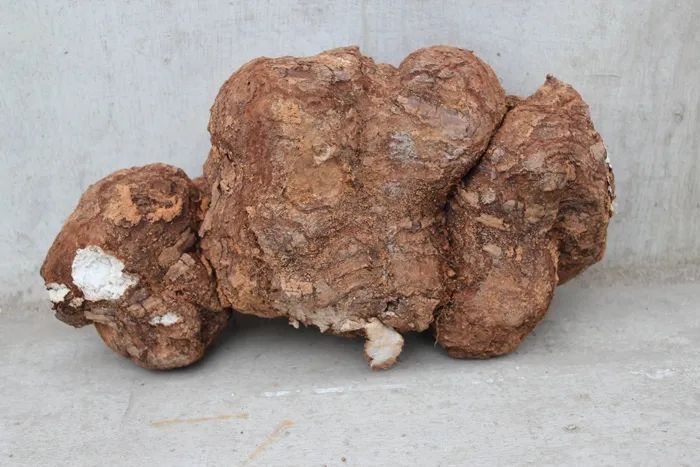
Fu Ling can be divided into four parts for medicinal use: Fu Ling Pi (Fu Ling skin), primarily for promoting urination and reducing swelling; Chi Fu Ling (Red Poria), for promoting urination and clearing damp-heat; Fu Shen (Poria Spirit), the part of Fu Ling that clings to the pine root, promotes urination and calms the mind; Bai Fu Ling (White Poria), promotes urination, strengthens the spleen, and calms the spirit.
Bai Fu Ling also has beauty benefits. The “Ben Cao Gang Mu” records: for facial blemishes, mix Bai Fu Ling powder with honey and apply nightly for 27 days to see improvement.
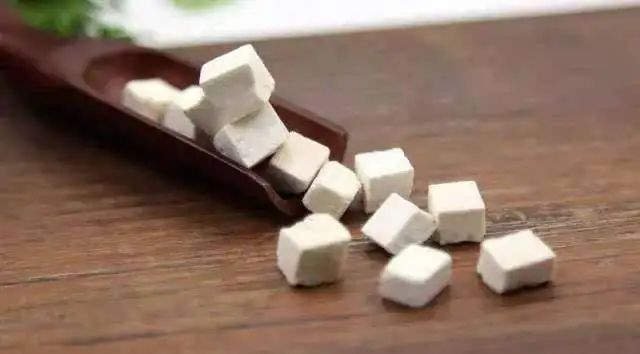
Modern research has found that one of the main components of Fu Ling, Fu Ling polysaccharide, has immune-enhancing activity and can be used for antiviral and antitumor purposes, to alleviate the side effects of radiotherapy and chemotherapy, as well as to treat chronic hepatitis and delay aging.
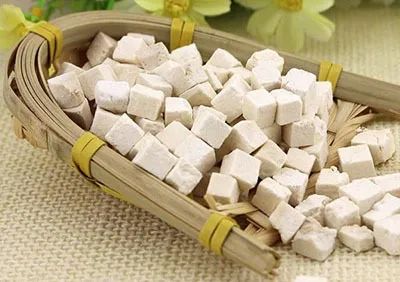
Ancient people regarded Fu Ling as a divine product. Tao Hongjing said: “White Fu Ling is nourishing, while red Fu Ling is draining. It is widely used, and it is essential for immortality. It is said to connect with the divine and refine the spirit, benefit the muscles, open the orifices, and nourish the intestines, making it a superior immortal medicine that can prevent hunger.” There were many methods of consuming Fu Ling in ancient times; one example is: cut Fu Ling into pieces the size of jujubes, place them in a new jar, soak in good wine, seal with three layers of paper, and open after a hundred days. Its color should resemble syrup. One piece can be consumed daily, and after a hundred days, the body will be nourished, vision will improve at night, and over time, the intestines will transform into tendons, prolonging life and reducing fatigue, with a youthful appearance. (From “Jing Yan Hou Fang”)
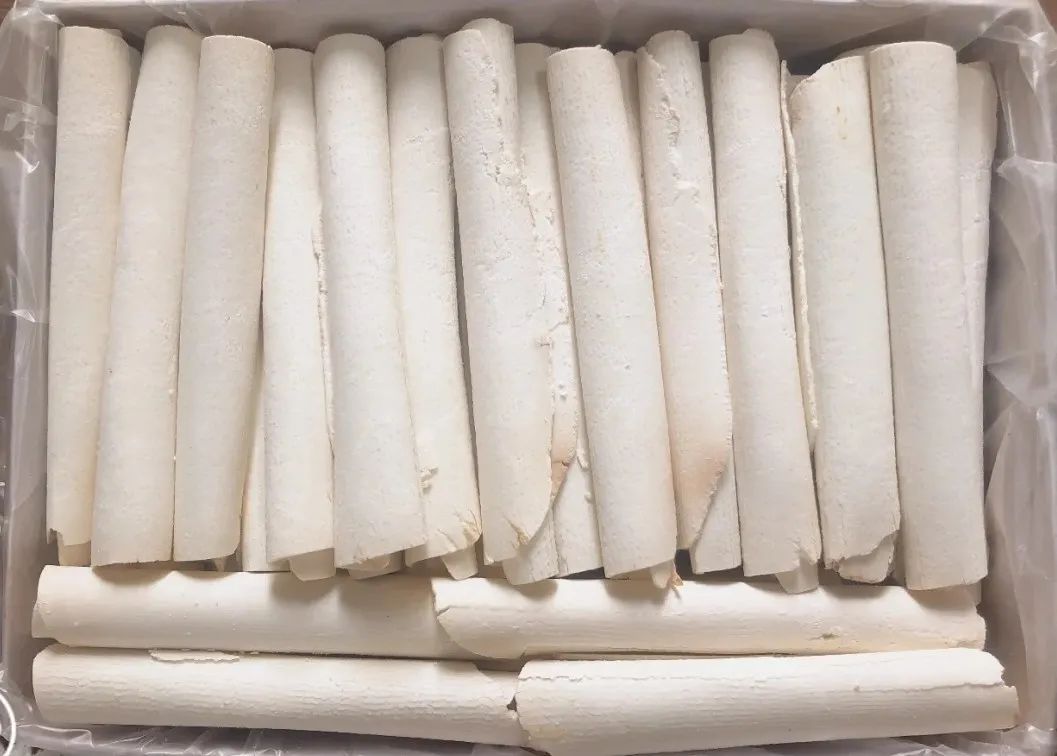
In ancient China, the aspirations of scholars were to govern the family, the country, and the world, while their ideal was to consume medicine and cultivate themselves to become immortal. Since Fu Ling grows alongside green pines, it has been regarded as a longevity herb since ancient times. Therefore, Fu Ling has become a frequent subject in the writings of scholars. For example, Jia Dao wrote in his poem “To Niu Shan Ren”: “In twenty years, I have consumed Fu Ling, and half of my letters are about the teachings of Laozi.” Wu Rong wrote in his poem “In Illness, I Send Fu Ling to Li Jian Yi”: “A thousand-year-old Fu Tu bears dragon scales, the most precious found at the peak of Taihua. The golden cauldron brews cloud-swirled powder, the jade cup holds dew with sweetness.” Su Dongpo wrote in his poem “Playfully Gifted”: “While you are sweeping snow and collecting pine nuts, I have already opened hazelnuts to get Fu Ling.” Xiang Anshi wrote in his poem “In Response to Zhang Anfu and Li Shilang’s Poem on Fu Ling Cake”: “The mountain man gathers herbs under the tall pines, pushing through clouds and supporting stones, pounding frost and jade to achieve immortality, true joy connects with the divine.” These verses express the poets’ attempts to achieve immortality through the consumption of Fu Ling.
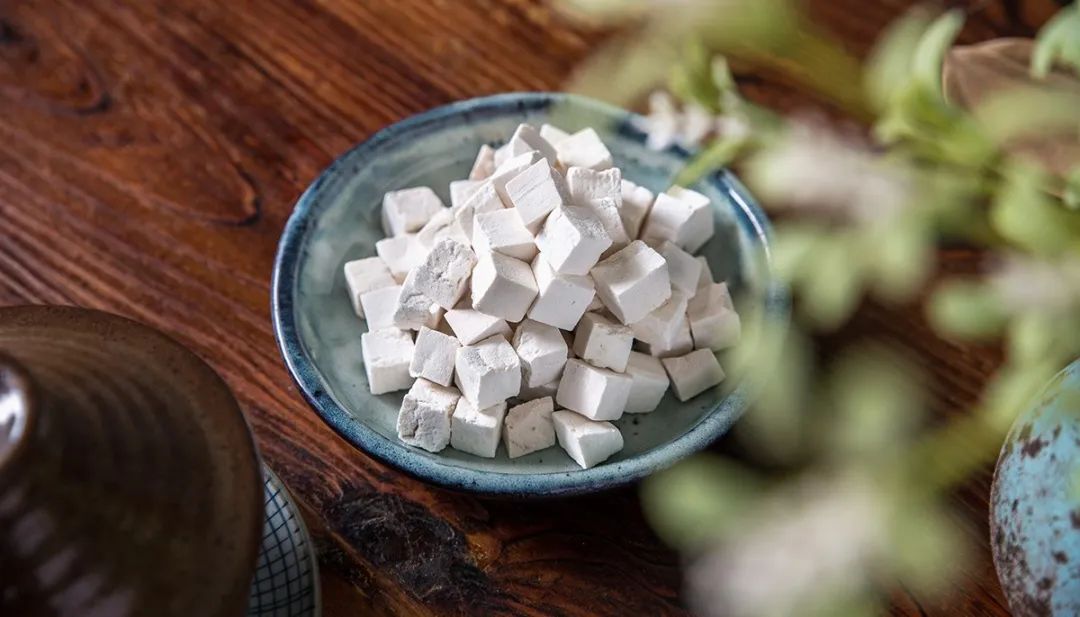
Changyang has always had wild Fu Ling growing, and the Qianlong edition of the “Changyang County Chronicle” records this. During the vigorous promotion of cooperative medical care, many health clinics cultivated Fu Ling. The most famous production area for Fu Ling in Hubei Province is Luotian County, known for its large yield and high quality, sold nationwide and exported. However, there is a lack of deep processing products, resulting in low added value.

Fu Ling can be processed into food, the most famous being Beijing’s Fu Ling cake and Ba Zhen cake, as well as other varieties like Fujian’s Fu Ling cake, which are not only delicious pastries but also have excellent health benefits. You can also add a bit of Fu Ling when stewing soup or cooking porridge, but be cautious of counterfeit products when purchasing online.
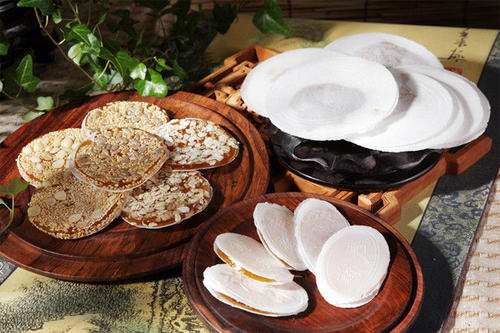
 END
END
Contributed by: Xiong Xingjun
Editor: Liu Suihua Reviewer: Huang Guanghua
 Hospital Address: No. 1, Xingcheng 2nd Road, Longzhou Ping TownPublic Transport: Take bus No. 1 from the city center, get off at Changyang Traditional Chinese Medicine Hospital stationHospital Phone: 0717-5322076
Hospital Address: No. 1, Xingcheng 2nd Road, Longzhou Ping TownPublic Transport: Take bus No. 1 from the city center, get off at Changyang Traditional Chinese Medicine Hospital stationHospital Phone: 0717-5322076
Emergency: 0717-5334120
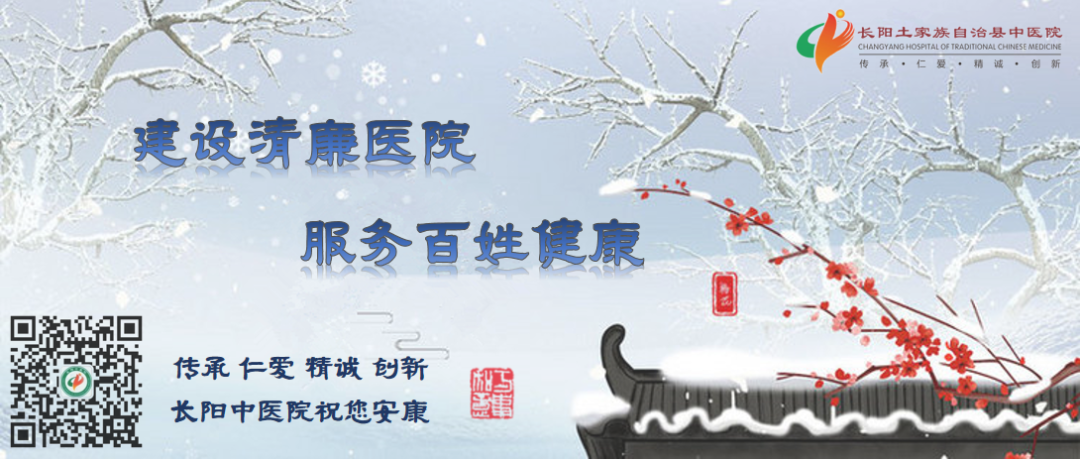
 Your likes and views are our motivation to move forward
Your likes and views are our motivation to move forward

